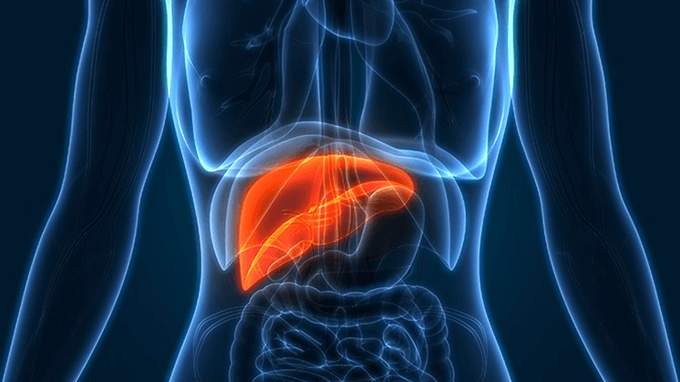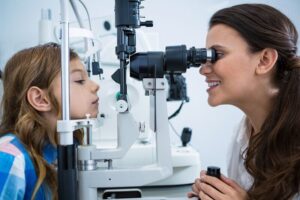
Your liver is the 2nd largest body organ. This organ is responsible for numerous body functions, including converting nutrients from your food, cleaning toxins from the blood, and disintegrating fats, medications, and alcohol. Besides, the liver stores iron, regulates hormones and blood sugar levels, and more. As such, you should start paying attention to the likelihood of liver disease before the symptoms of San Antonio Cirrhosis appear. It is best to avoid liver disease before it manifests or becomes serious, and there is no better way than by understanding the risk factors for this condition. Continue reading to learn more.
1. Exposure To Toxins
The liver is accountable for removing and breaking down most chemicals and drugs from the bloodstream. While the liver has an excellent ability for regeneration, chronic exposure to toxic materials could induce severely, and occasionally irreversible harm. The byproducts of the disintegrated toxins may accumulate over time.
Therefore, it is important to check the labels on any chemicals you utilize at home and ensure you clean vegetables and fruits before consumption to guarantee you are not ingesting pesticides.
2. Harmful Supplements
Only because a supplement has a label indicating that it is “all-natural” does not imply that it is good for you. Numerous supplements of herbs are known to cause liver damage. Using two or more medicines or herbs that act on your liver might compound the problem. Thus, you should notify your doctor about every supplement and medication you use, as well as over-the-counter or occasional remedies.
3. Excessive Alcohol Consumption
Every time the liver filters alcohol, it destroys some of its cells. The liver will regenerate, but continuous alcohol consumption over the years could reduce its regeneration capacity. At first, you will develop alcoholic fatty liver, which induces liver swelling, also known as alcoholic hepatitis. Eventually, you might develop liver cirrhosis and even cancer.
Sadly, by the time you notice signs of liver damage from excessive alcohol consumption, it is usually damaged past repair. However, if you quit drinking before the alcoholic fatty liver progresses into alcoholic hepatitis, you can reverse the issue.
4. Obesity, High Cholesterol, or Diabetes
People who are obese, diabetic, or have high cholesterol levels are at greater risk of liver cirrhosis because these conditions can lead to nonalcoholic fatty liver disease. If the condition is severe, you might need a liver transplant. However, like with alcoholic fatty liver, if you realize it early enough, you can reverse the issue through simple lifestyle modifications. For instance, reduce your carbohydrate intake, eat more vegetables, protein, and fruits, and drink coffee.
5. History Of Liver Conditions
If you or a close relative has suffered from liver diseases, such as hepatitis B, or hemochromatosis, you could be more susceptible to liver cirrhosis. For such persons, you should avoid increasing your risk by avoiding other modifiable risk factors like alcohol intake, obesity, and more.
Having one or more of the risk factors for liver cirrhosis does not necessarily imply you will develop it. Therefore, do not lose hope or feel anxious about it. Rather, take all the necessary measures to reduce your vulnerability, like avoiding alcohol, consuming a healthy diet, maintaining a healthy weight, and limiting your likelihood of developing conditions like hepatitis. Nonetheless, suppose, despite your best efforts, you notice warning signs of liver cirrhosis, such as jaundice, bleeding, or swelling in the abdomen and legs. In that case, seek a professional diagnosis and treatment.





